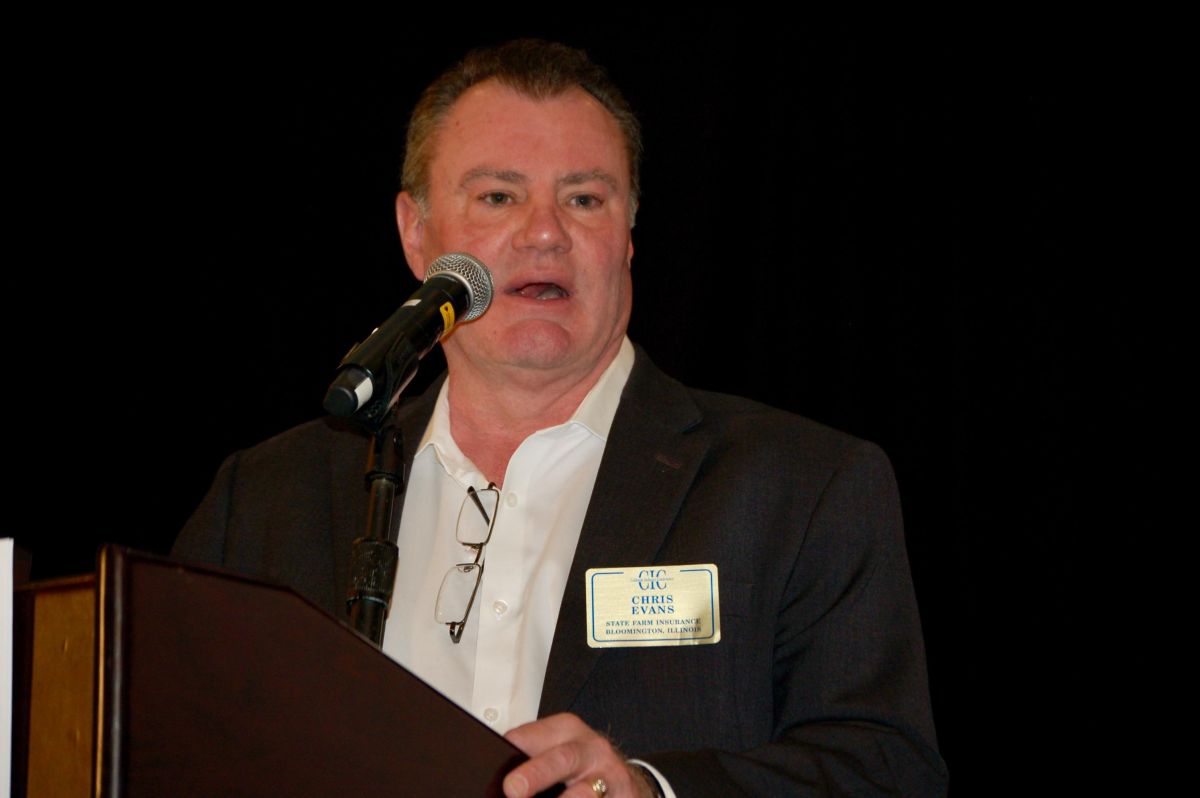Proposed formal definitions of “estimate” and “repair plan” drafted by the Collision Industry Conference (CIC) Definitions Committee received strong votes of support from CIC attendees at the conference held April 17 in Seattle, WA.
CIC has long maintained a glossary of industry terminology on its website as a way to facilitate understanding and communication within the industry.
Committee chairman Chris Evans of State Farm said the new “estimate” and “repair plan” definitions were initially proposed by another CIC committee, and went through “several iterations” before being distributed to the wider industry for review prior to the Seattle meeting.
The first proposed definition states an “estimate” is “an initial assessment of vehicle damage which approximates the cost of repairing or replacing the damaged parts, including labor and materials.”
That differs from the proposed definition of a “repair plan,” which is described as a “comprehensive vehicle damage assessment of necessary steps and procedures for repair created by the repair facility to determine cost of parts, labor and materials.”
Committee member Jordan Hendler said some of the feedback the committee received revolved around the view the repair plan definition should include reference to such a plan being based on OEM repair procedures.
“One of the things we have to understand as a body is that CIC is not a standard-setting body,” Hendler said of the rationale to keep the definitions brief and non-prescriptive. “We’re not here to change the marketplace. So while the repair community feels very strongly that the OEM repair procedure is all there is, and that’s all that should be used, that’s not necessarily part of the definition of a repair plan. That could be your practice, your business decision, but we have to be cognizant in this body that it’s not the only way it’s done, and we’re just trying to say what a repair plan is. So just keep that in mind when you’re looking at the definition: Does this say what a repair plan is, not necessarily what it should be.”
Aaron Schulenburg, executive director of the Society of Collision Repair Specialists, said he understood the need to keep the “repair plan” definition as proposed.
“There’s a lot of things that could go into this definition,” Schulenburg said. “It could say that you have to pull the OEM procedures. It could say that you have to do a teardown. But when you’re looking at a definition, if a repair facility writes their repair plan, that’s still a repair plan, even if they didn’t tear it down, right? I think that’s the whole nature of if it, that it is a comprehensive assessment of everything I need for my process to bill for it. There’s a part of me that wants to see this so much stronger, to reinforce it. But the other part of me, from a definition standpoint, thinks this is probably the right definition for whatever somebody’s repair plan is within their own facility.”
Hendler concurred.
“We did talk about that one of the defining factors of a repair plan is that the shop is the creator, the initiator of it,” she said. “They’re the only ones that could do that. So we felt like that component was really important as a differentiator between ‘estimate’ and ‘repair plan.’”
Put to a vote of the CIC body, the estimate definition received 92% approval from attendees, and the repair plan definition received a thumbs-up from 78% of attendees.











John Yoswick